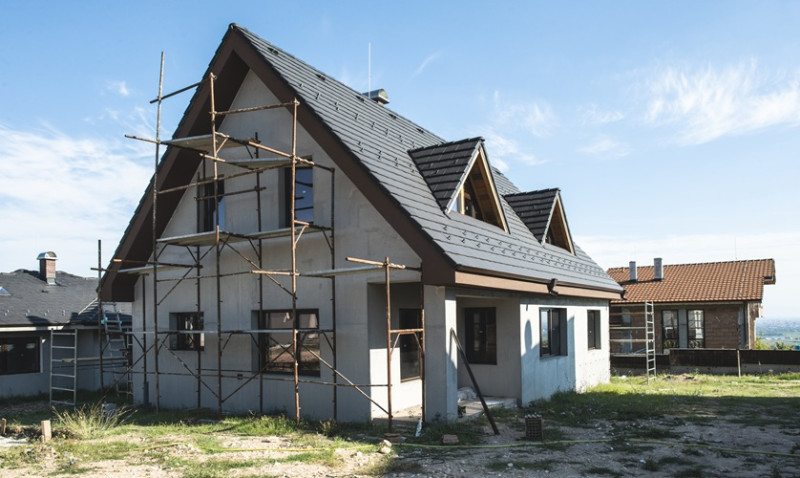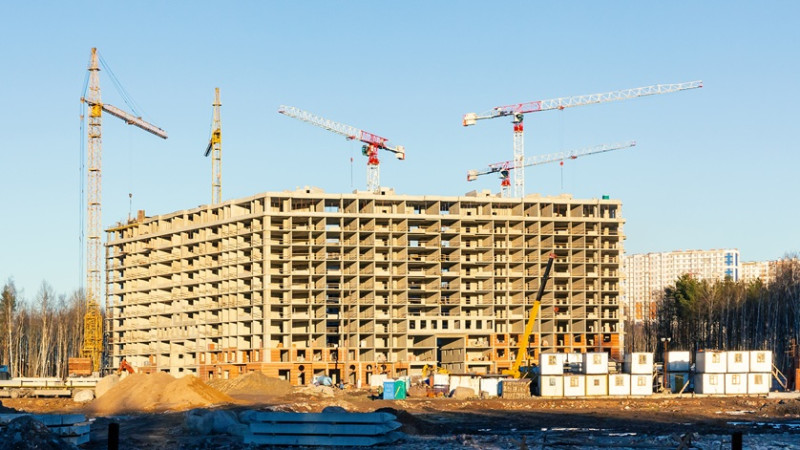
Whether you're a land developer planning your next big project, a homeowner dreaming about a rear extension, or an architect navigating a new build, understanding UK planning permission rules is crucial. Get it wrong and you could face costly delays, enforcement notices or even demolition orders. But get it right from the start, and you'll accelerate your project timeline and avoid legal headaches.
This comprehensive guide breaks down the rules of planning permission in the United Kingdom, with all the practical information you need whether you're a DIYer, a professional builder, or a property developer. Let’s take the mystery out of the UK’s planning process so you can move forward with confidence.
What Is Planning Permission?
Planning permission is the legal approval you must obtain from your local authority before carrying out certain types of building work or development. It ensures that proposed developments align with local planning policies, preserve the character of the area, and consider environmental and community impact.
There are a variety of developments that require planning permission, including building new homes, changing building use (like converting a house into a shop), or making large alterations to existing structures. If you're not sure whether your project needs planning permission, it’s always safer to check with your planning department.
Skipping this step could result in a “planning breach,” potentially leading to an enforcement notice demanding the reversal of the changes you’ve made. In many cases, failure to comply could result in significant legal fees or having to undo weeks or even months of work.
It's important to draw a distinction between planning permission and building regulations approval. While planning permission concerns how a development fits into the local environment, building regulations deal with the quality and safety of the construction itself. Most serious building projects need to meet both sets of rules.
When Is Planning Permission Required?
Planning permission is generally required if you want to:
- Build something new (e.g., a new house or commercial building)
- Make a major change to your building (e.g., extensions or additions)
- Change the use of your building (e.g., from residential to commercial)
That said, smaller alterations may fall under what’s called “Permitted Development Rights.” These rights allow you to carry out certain types of minor changes without needing full planning permission. However, it’s crucial to understand the limits of this allowance.
For example, loft conversions, single-storey rear extensions, or installing solar panels may not need full planning permission if they fall within permitted development limits. Still, there are restrictions regarding size, height, and position, especially in conservation areas or for listed buildings.
Developers of commercial projects, subdivisions of land, or structures in protected areas will almost always require full planning permissions. As a rule of thumb, the larger or more complex the project, the more likely it is that planning permission will be required.
Permitted Development: What Can You Do Without Permission?
Permitted development rights enable many homeowners and developers to bypass the planning permission process, saving both time and money. However, these rights can be limited in certain circumstances, and understanding them is essential before beginning work.
Some examples of permitted development include:
- Building a small rear extension within size limits
- Loft conversions without altering the building's footprint
- Installing rooflights or skylights within certain size limits
- Erecting fences or gates up to a certain height
- Converting existing structures, like garages, into living space
Permitted development rights do not apply equally everywhere. For instance, if your property is within a conservation area, a national park, or designated as a listed building, these rights are heavily restricted, and planning permission is likely required even for minor alterations.
Moreover, local councils can issue Article 4 Directions, removing permitted development rights in certain locations. This is common in areas of architectural interest or high-density development.
Always confirm your rights with your local planning office before starting work. Even if permission is not required, you may still be expected to submit a Prior Approval application under certain permitted developments.
The Planning Application Process Explained
Applying for planning permission doesn’t have to be intimidating. By understanding the steps involved, you can prepare thoroughly and give your application the best chance of success.
Planning applications are submitted to your Local Planning Authority (LPA) through the Planning Portal or directly on the LPA's website. The main components of an application include:
- Application forms
- Site and location plans
- A design and access statement (for larger developments)
- Planning fee
Once submitted, the council will validate the application and begin a consultation period—typically 21 days—during which neighbours and other stakeholders can raise objections or support.
The local planning officer will review the plans against national policies (such as the National Planning Policy Framework) and local development plans. Considerations include scale, design, impact on neighbours, and environmental concerns.
Decisions are usually made within 8 weeks for smaller applications and up to 13 weeks for larger developments. If your proposal is refused, you can make changes and reapply or appeal the decision.
Types of Planning Permission
The UK planning system includes multiple types of planning permission, and applying under the right category will support your chances of approval.
| Type | Description |
|---|---|
| Full Planning Permission | Required for most developments; includes all details of the scheme. |
| Outline Planning Permission | Seeks approval for the principle of development; details submitted later. |
| Householder Planning Permission | Used for home extensions or alterations affecting a single domestic property. |
| Reserved Matters | Follow-up application providing detailed proposals after outline permission granted. |
| Change of Use | For altering the use class of a property or land (e.g., from commercial to residential). |
Choosing the right type ensures that your application aligns with planning regulations from the start. Inappropriate applications may face refusal, wasting both time and money.
Tips to Get Your Application Approved
Planning permission approval rates vary by council and project complexity, but there are strategies you can use to improve your chances.
Hire a qualified architect or planning consultant early in the process, especially for larger or complex developments. These professionals understand local policy and can prepare optimal design proposals.
Engage with your community and speak with neighbours before submitting your proposal. Building support and preventing objections can streamline the approval process.
Ensure your submitted plans are detailed, accurate and professionally drawn. Vague or missing information is a common reason for rejections or delays.
Review local planning policies before applying. Every council has unique priorities, and aligning your proposal with them is a must.
Finally, consider pre-application advice. Most local authorities offer a service where you can pay a small fee to have professionals review your project before formally applying. This guidance can save you time and point out potential barriers early on.
What Happens If You Don’t Get Planning Permission?
Carrying out development without the correct permission can lead to serious consequences in the UK.
If your local planning authority finds a planning breach, it can issue an enforcement notice. This legally requires you to undo the changes you've made or modify the development to comply. Ignoring this notice can lead to prosecution and court action.
Many enforcement spirals begin when neighbours report unapproved construction. Unlike building regulations violations (which are usually resolved with penalties or corrective work), planning breaches can lead to complete demolition of structures.
You can apply for retrospective planning permission, but there's no guarantee it will be granted. Unauthorised changes can also make your property harder to sell, as mortgage lenders and solicitors may require proof of compliance.
For developers, this can mean delays, extra costs, and a damaged reputation. It’s simply not worth the risk—always confirm your legal standing before starting any work.
Final Thoughts: Planning Permission is a Developer’s Best Friend
While the UK planning system may seem daunting at first, it exists to manage sustainable growth, protect communities, and safeguard the built environment. Whether you're a young professional extending your first home or a professional land developer building a multi-unit site, the key to progress is remaining informed and compliant.
Following the right procedures, checking your rights, and preparing a thorough application increases your chance of success while preventing unnecessary setbacks. Always liaise with qualified professionals, keep up with changes in planning law—and when in doubt, consult your local authority.
Planning permission is not a hurdle to cross—it’s a guide to smarter, more responsible development. Use it wisely, and watch your projects take shape with confidence.





